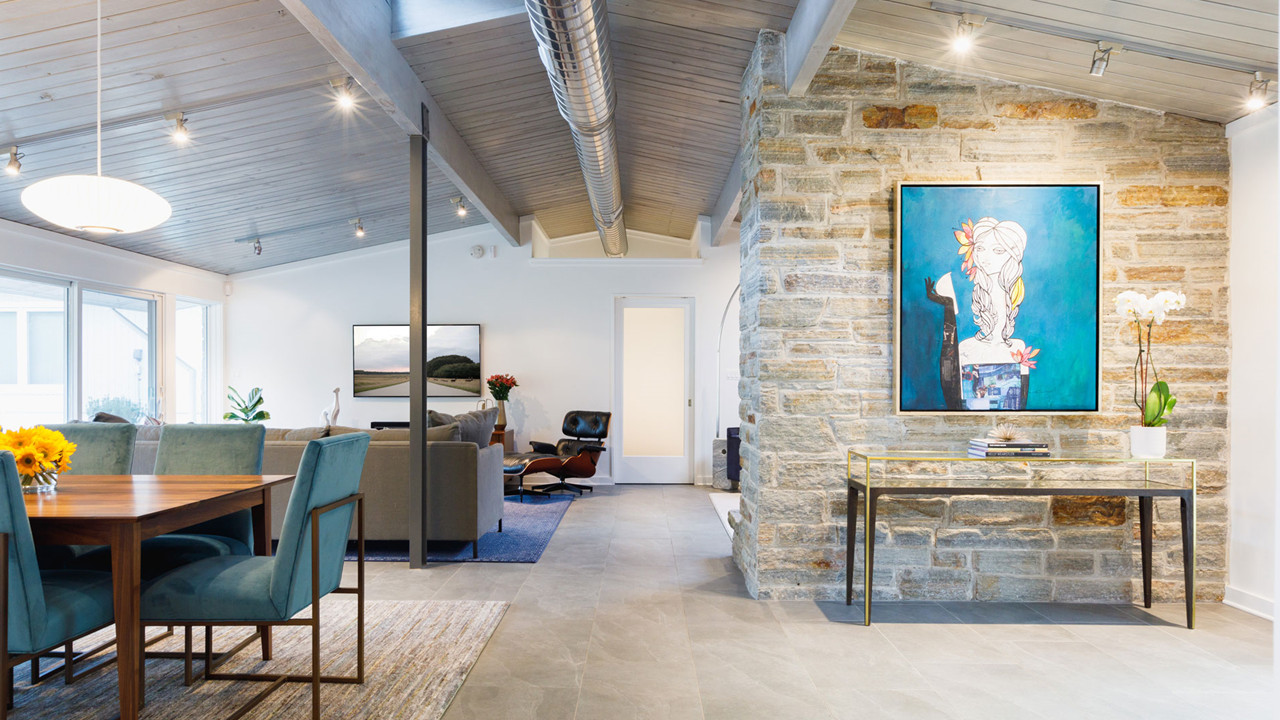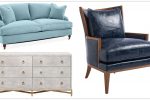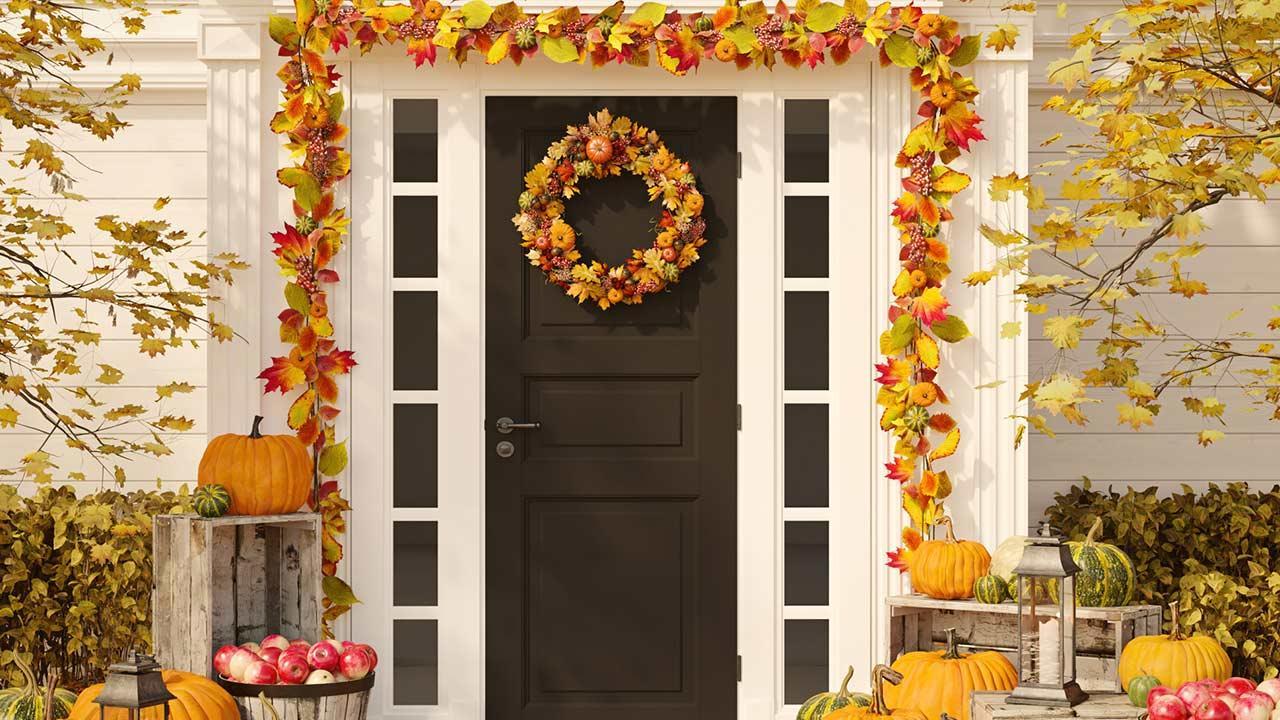The workmanship and design of each home’s flooring, walls, and ceilings include some of the most stunning and defining characteristics of the Arts & Crafts movement. Investigate flooring choices including wood, tile, linoleum, and stone; get ideas for your walls with antique paints, wallpapers, and millwork; and learn which ceiling designs will complement your Arts & Crafts house.
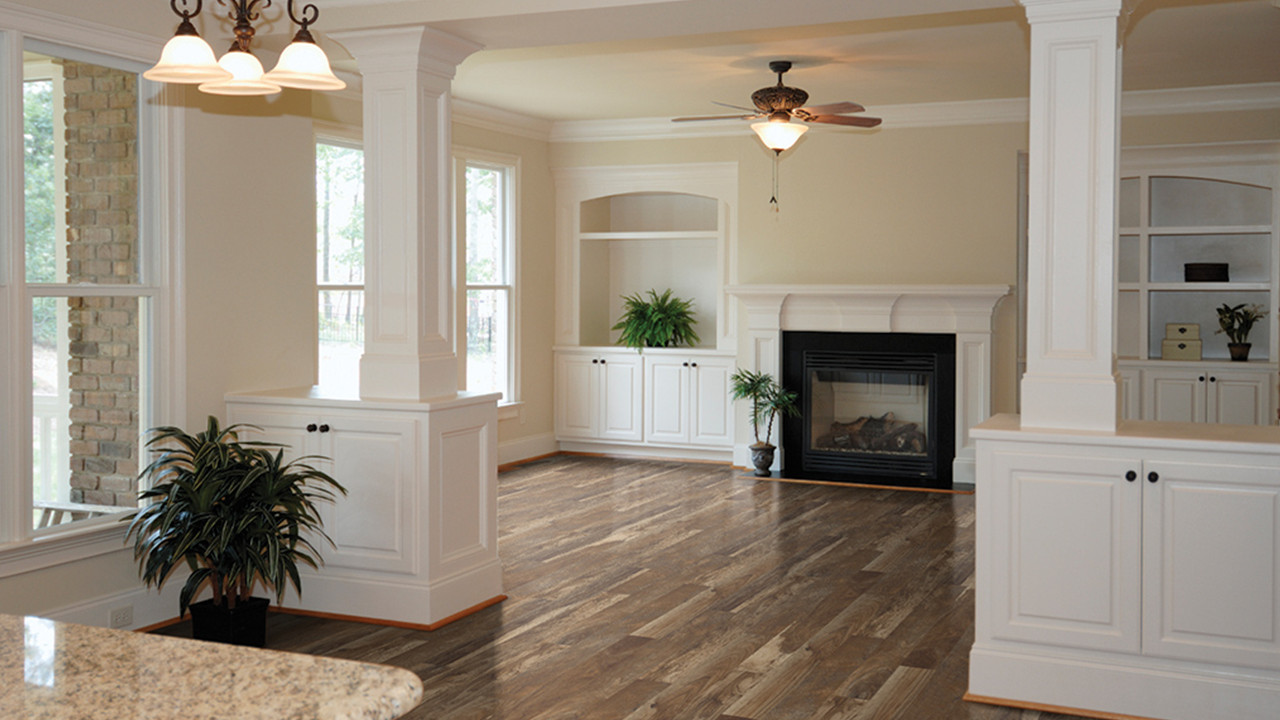
FLOORING
One approach is to choose floors and walls with patterns, colors, and designs that might serve as aspirational palettes. Many schools, for example, use bright color schemes for lower grades and more conservative tones for older levels, put up in a way that allows students to understand where they are heading and where they want to be in the near future.
The aspirational dynamic may indicate better education and corporate environments at higher grade levels. The process of selecting flooring must consider the interconnected variables of life-cycle cost, durability, and simplicity of maintenance, as well as the planned and plausible usage of the area, including acoustics and resilience; indoor air quality; recycled content; slip resistance, and aesthetics.
Within schools, solutions occur in a wide variety, maybe more so than ever before. Among the numerous options are acoustical classroom flooring systems, broadloom carpet in auditoriums, carpet tile in libraries and offices, rubber tile in fitness rooms, epoxy flooring in back-of-the-house cafeteria cooking sections, and polished concrete in labs, corridors, or other locations. VCT, luxury vinyl tile, and carpet tile are all popular.
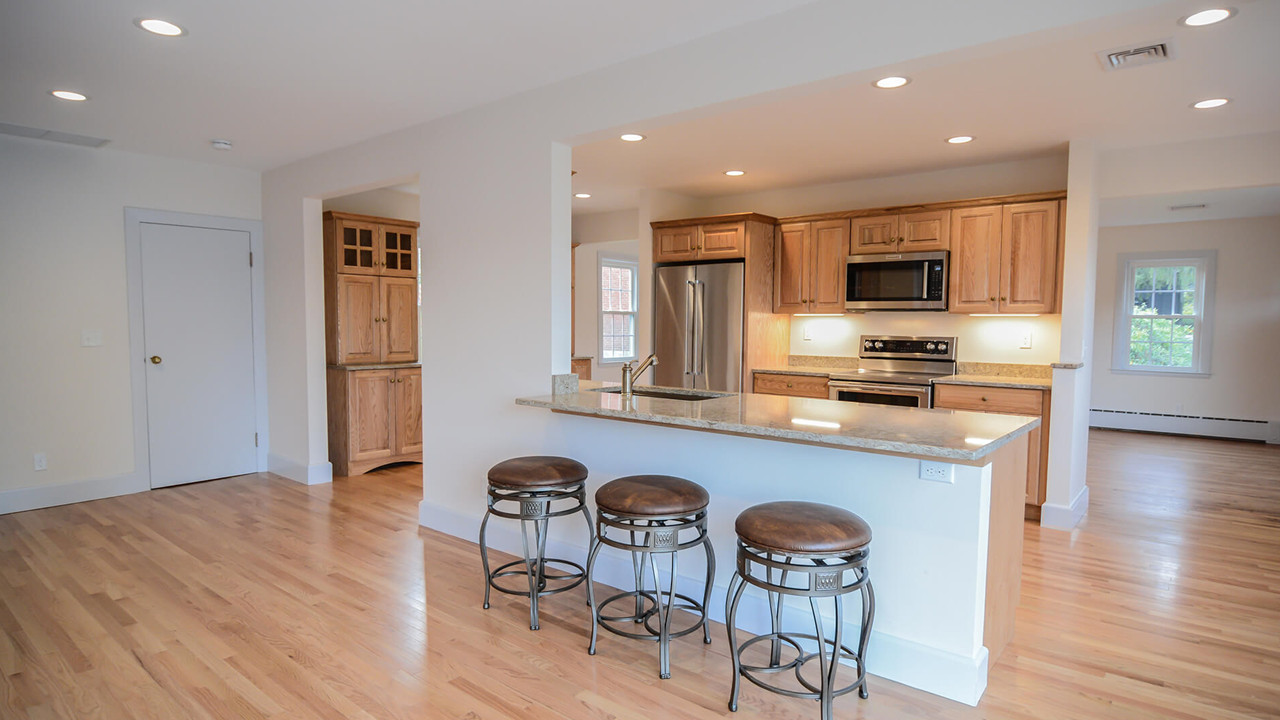
WALLS
Window-bearing interior walls may increase efficiency and options by bringing outside light deep within, which is especially useful in double-loaded hallways. Natural light may be bounced and enhanced by using wall mirrors in conjunction with it. Furthermore, such transparency aids in the supervision of children.
Bringing additional natural light into hallways appears to be more important than ever, considering the expanding usage of expanded corridors for travel as well as breakaway study or lounge spaces. Corridor and other walls are prone to varied degrees of damage, which, of course, varies by material, as well as grade level and the amount of monitoring in each place.
CEILINGS
Those phases, as well as others, might take place in a variety of settings. Take, for example, multi-purpose rooms. Such big areas, such as cafetoriums or eating commons, which are common requirements for districts and often utilized by the community, might have acoustical concerns. However, wall and ceiling features such as clouds, panels, baffles, and blades, as well as flooring systems and sound amplification, are reactions that assist offer possibilities for such crowded environments. By doing so, those features may both enrich the appearance of the room and offer locations for events, presentations, and performances.
Ceiling clouds, when used in conjunction with flooring patterns, may assist define spaces for a number of reasons while also housing lights and offering acoustic benefits for student lounges and study rooms, among other things. The flexibility of the space is also preserved by defining regions in this manner, without the need of walls.

